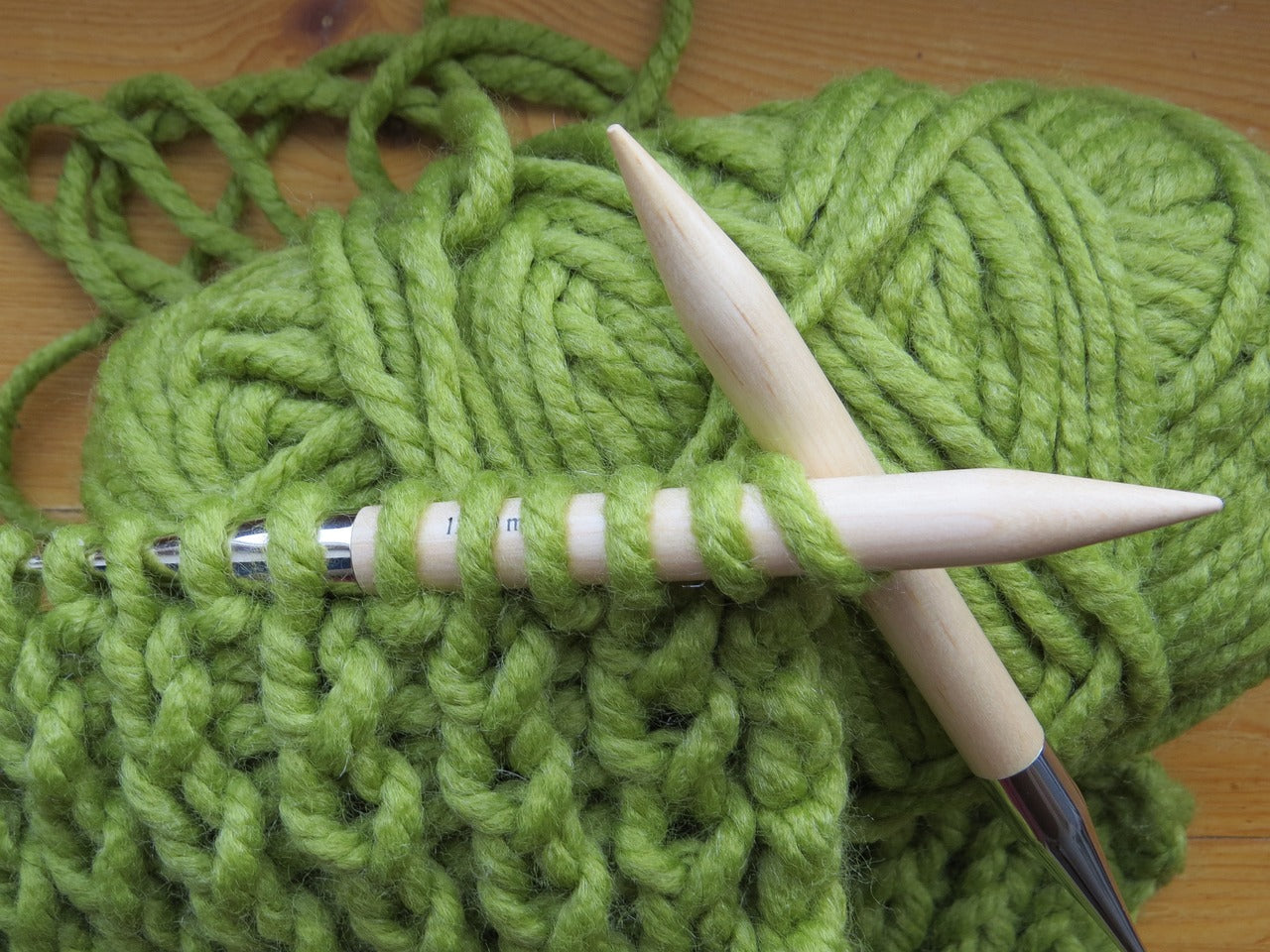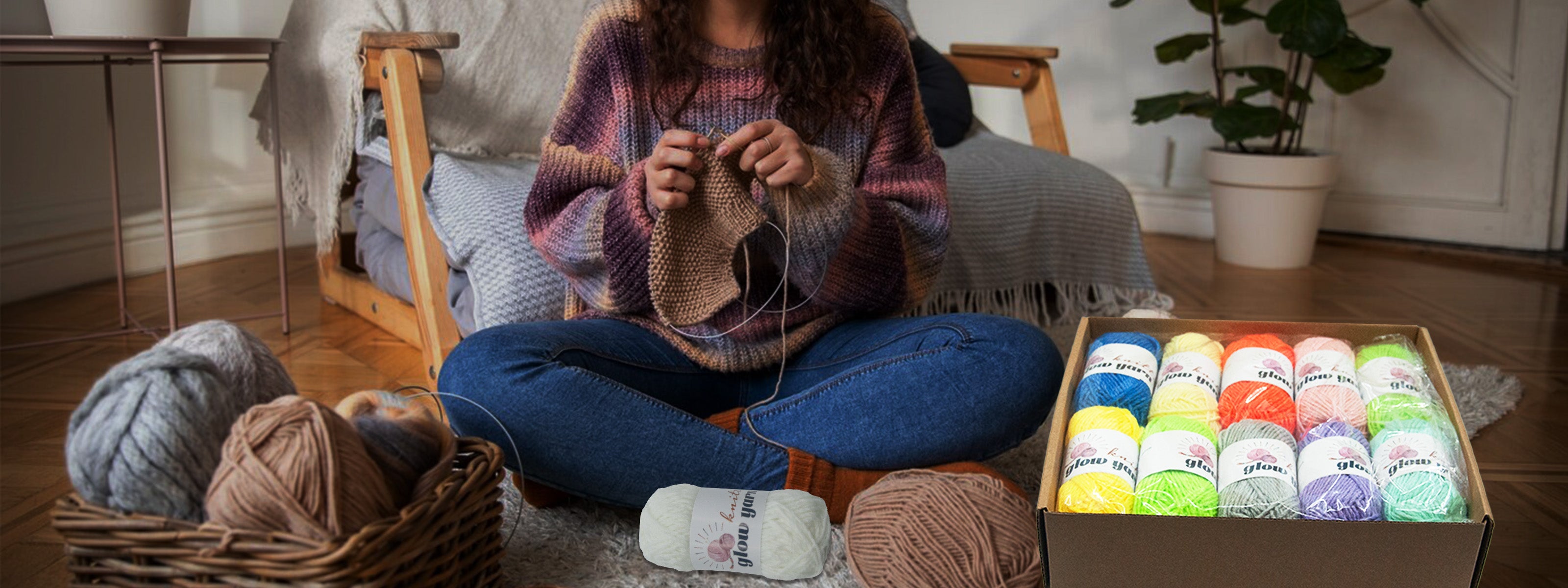
How to Understand the Number of Stitches and Density: A Guide for Crocheting Novices
Crocheting can be a fulfilling and relaxing hobby, but for beginners, understanding the basics can sometimes be overwhelming. Two key concepts that every crocheter needs to grasp are the number of stitches (also known as the "chain stitches" or "foundation chain") and density (also known as "gauge"). These elements are fundamental in ensuring your projects turn out the way you envision them. In this article, we’ll break down these concepts to help you gain confidence in your crochet journey.
What is the Number of Stitches?
The number of stitches refers to the number of chain stitches you create at the beginning of a project. This is also known as the foundation chain and it sets the width of your project. The foundation chain is the first step in most crochet projects, and the number of stitches you use determines how wide your piece will be.
How to Determine the Number of Stitches:
- Follow the Pattern: Most crochet patterns will tell you exactly how many chain stitches to start with. This number is based on the designer’s desired dimensions for the project.
- Adjusting for Size: If you’re creating a project without a pattern or need to adjust the size, you can calculate the number of stitches based on the desired width of your project. First, crochet a small swatch, usually 10 cm or 4 inches wide, and count how many chain stitches you need to reach that width. Then, multiply that number by the width of your final piece.

For example, if your 10 cm swatch has 20 stitches and you want your project to be 30 cm wide, you would need to start with 60 stitches.
What is Density (Gauge)?
Density, or gauge, refers to the number of stitches and rows within a specific area, usually 10 cm by 10 cm (or 4 inches by 4 inches). The gauge is crucial because it affects the final size and fit of your project. If your gauge is off, your project could end up too big or too small.
Why is Gauge Important?
- Consistency: Different yarns and crochet hook sizes can produce different gauges, even if you follow the same pattern. Your personal tension (how tightly or loosely you hold the yarn) also affects the gauge.
- Fit: For wearable items like hats, scarves, and sweaters, getting the gauge right ensures that your finished piece fits as intended.
How to Check Your Gauge:
- Crochet a Swatch: Before starting your project, crochet a swatch that measures at least 10 cm by 10 cm. Follow the pattern’s stitch instructions.
- Measure Your Swatch: Use a ruler or measuring tape to measure the number of stitches and rows within your swatch. Compare this to the gauge recommended in your pattern.
- Adjust If Necessary: If your gauge doesn’t match the pattern, you’ll need to adjust your crochet hook size. If you have too many stitches in your swatch, try using a larger hook. If you have too few stitches, switch to a smaller hook.
Practical Tips for Beginners
- Practice Makes Perfect: Don’t be discouraged if your gauge doesn’t match on the first try. Practice crocheting small swatches until you get a feel for the right tension.
- Consistency is Key: Try to maintain consistent tension throughout your project to keep your stitches even and uniform.
- Use a Gauge Ruler: These handy tools help you measure your swatch more accurately, ensuring your project turns out as expected.
Conclusion
Understanding the number of stitches and density is essential for any crocheter, especially beginners. These concepts are the foundation of every project and mastering them will help you achieve better results. By taking the time to measure and adjust your gauge, you can ensure your projects turn out just the way you want them to. So, grab your hook and yarn, and start practicing—your perfect crochet project is just a few stitches away!























Leave a comment
This site is protected by hCaptcha and the hCaptcha Privacy Policy and Terms of Service apply.